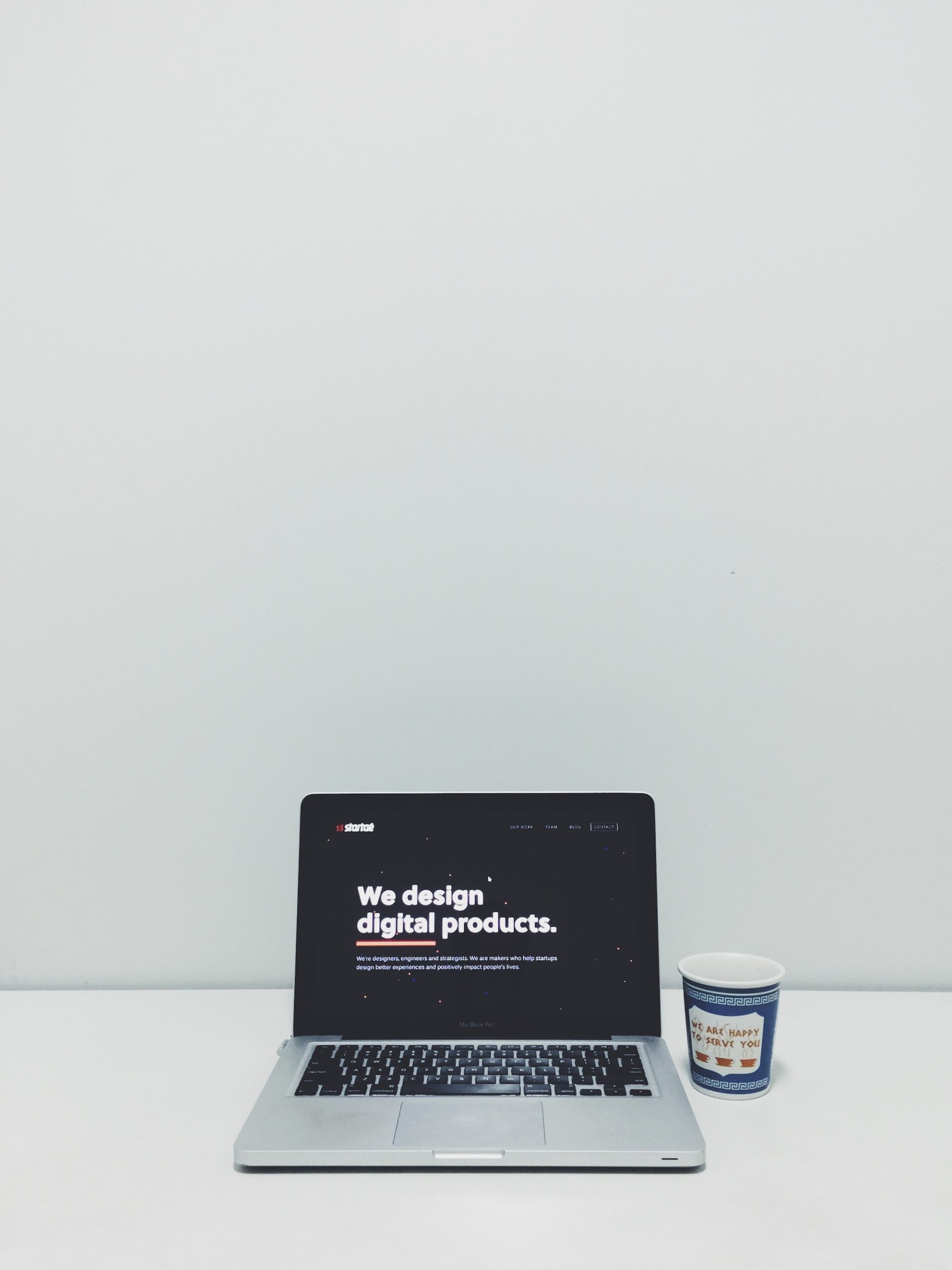Choosing the right resume format can be a game changer for someone with years of experience under their belt. With a long work history, you have a lot to showcase, and picking the proper format can help you highlight your skills and achievements in the best possible light.
I’ve spent years helping people craft their resumes, and I’ve learned that the way you present your experience can either open doors or keep them firmly closed.
Why Resume Format Matters
When you have a lot to say, it can be tricky to decide what to include and what to leave out. A well-organized resume tells a clear story about your professional journey.
It makes it easier for hiring managers to quickly understand your strengths and accomplishments. I have seen first-hand that a cluttered or confusing resume can cause even the most impressive background to be overlooked.
A good resume format is not just about listing your jobs. It’s about creating a narrative that shows how your skills have evolved, how you have grown in your career, and how you can add value to a new organization. For experienced professionals, this narrative must be clear, concise, and compelling.
Different Types of Resume Formats
There are several resume formats available, and each one suits different career situations. Here are the main ones I often recommend:
Just Before You Go
Empower individuals to overcome barriers, gain essential skills, and secure gainful employment through our proven programs—KeelMaster, KeelWings, and KeelMate. Your support can spark change and build brighter futures.
Donate Now-
Chronological Resume:
This format lists your work history in reverse order, starting with your most recent job. It’s great for showing steady career growth and stability. If you have a solid work history in one industry, this is often the best choice. According to Jobscan, recruiters favor this format because it clearly shows your progression. -
Functional Resume:
This format focuses on your skills and achievements rather than your work history. It is a good option if you have gaps in your employment or are making a significant career change. However, many hiring managers find this format less straightforward, so it’s important to use it only when it truly helps to highlight your strengths. -
Combination Resume:
As the name suggests, this format blends elements of both the chronological and functional styles. It allows you to highlight your skills at the top while still giving a clear timeline of your work history. This can be especially useful for experienced professionals who want to draw attention to specific accomplishments without losing the context of their career progression.
Tips for Creating an Impactful Resume
Here are some tips I always suggest to help you choose and build the perfect resume:
-
Keep It Clean and Simple:
Use clear headings, bullet points, and plenty of white space. A well-organized resume makes it easy for the reader to find the information they need. -
Tailor Your Resume:
Each job is different. I recommend tweaking your resume for each application, focusing on the skills and experiences that match the job description. Tools like Jobscan can help you tailor your resume for specific roles. -
Highlight Achievements:
Instead of listing job duties, focus on what you accomplished. Use numbers and statistics when possible. For example, stating that you “increased sales by 30% over one year” is more impactful than simply mentioning that you were in a sales role. -
Keep It Relevant:
Only include experiences that support the role you are applying for. If you have an experience that doesn’t directly relate, try to frame it in a way that shows transferable skills. -
Proofread:
Spelling and grammar errors can make a bad impression. I always take a break after writing my resume and come back to it later with fresh eyes, or ask a friend to review it.
Common Pitfalls to Avoid
Even experienced professionals sometimes fall into a few common traps:
-
Overloading with Information:
It’s tempting to include every job and accomplishment, but too much detail can overwhelm the reader. Focus on the most important and recent parts of your career. -
Using a One-Size-Fits-All Approach:
A generic resume won’t stand out. I suggest making small adjustments for each job application to ensure that your resume speaks directly to the employer’s needs. -
Ignoring Keywords:
Many companies use automated systems to screen resumes. I always recommend including keywords from the job description to ensure your resume passes these initial checks.
Frequently Asked Questions
How do I decide which format to use?
Think about your work history and the message you want to convey. If you have a consistent career progression in one field, a chronological resume might be best. If you want to highlight skills due to a diverse background or gaps in employment, consider a functional or combination resume.
Is it okay to mix formats?
Yes, the combination resume is an example of this. It lets you highlight both your skills and your work history, making it a versatile option for many experienced professionals.
How long should my resume be?
For experienced professionals, a two-page resume is generally acceptable if you have a lot of relevant experience. However, I always advise being as concise as possible while still conveying the necessary information.
Can I include a summary at the beginning?
Absolutely. A brief summary can set the stage for your resume, giving the reader a quick overview of your qualifications and career goals.
Additional Resources
For more insights and templates, here are a few resources that I find very useful:
- Indeed’s Career Guide: Offers a variety of resume samples and templates tailored for different industries and experience levels.
- The Muse: Provides practical tips on choosing the best format and making your resume stand out.
- LinkedIn Learning: Features courses on resume writing and career development that can help refine your presentation.
In Conclusion
Crafting the right resume is about more than just listing your job history. It is about telling your professional story in a way that connects with potential employers.
For someone with a rich background and years of experience, choosing the right resume format can make all the difference. I have seen many great careers take off simply because the resume was clear, focused, and perfectly tailored to the job at hand.
By using a format that best fits your story—whether it is chronological, functional, or a blend—you can highlight the best parts of your experience and increase your chances of landing that dream job.
The small details, like using action words and incorporating the right keywords, all add up to create a resume that not only tells your story but does so in a way that grabs the reader’s attention.
I hope these insights help you feel more confident about your resume choices. I am always excited to share what I have learned and help others navigate the tricky world of resume writing. Now, I’d love to hear your thoughts and experiences.
Which Resume Format Is Best For Experienced?
Just Before You Go
Empower individuals to overcome barriers, gain essential skills, and secure gainful employment through our proven programs—KeelMaster, KeelWings, and KeelMate. Your support can spark change and build brighter futures.
Donate Now



